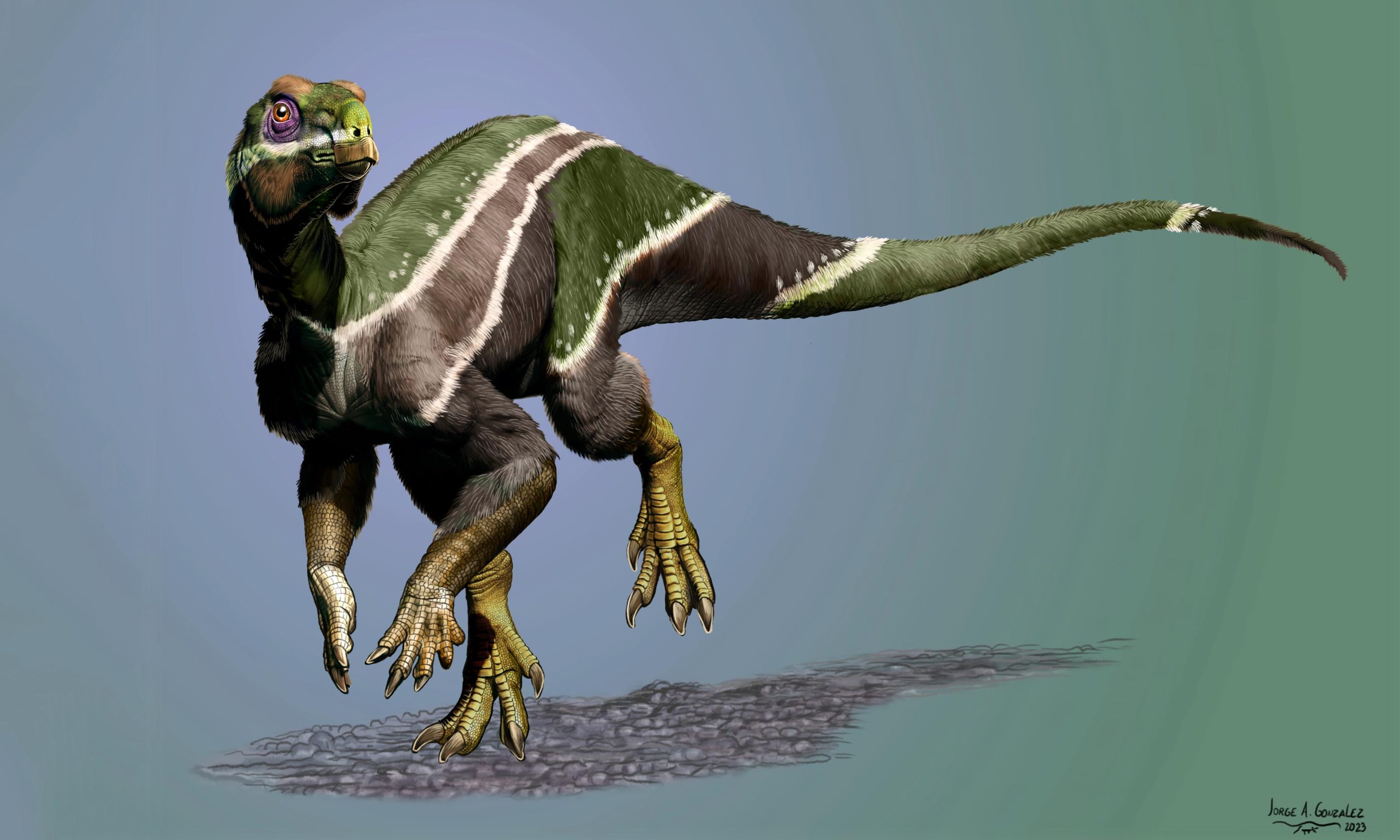Connect with us
Published
2 weeks agoon
By
admin
Iani smithi, a recently discovered early ornithopod dinosaur from Utah, lived approximately 99 million years ago during the mid-Cretaceous era, a time marked by significant climatic changes and rising carbon dioxide levels. This period brought profound transformations to dinosaur populations, leading to the decline of large plant-eaters and the rise of new species, such as duckbills. Named after Janus, the Roman god of transitions, Iani smithi may represent the last of its lineage, which was overshadowed by the emergence of duckbill dinosaurs.
Researchers recovered a nearly complete skeleton of Iani smithi, including its skull and powerful jaw adapted for chewing tough vegetation, from Utah’s Cedar Mountain Formation. Its rarity in the North American fossil record and evolutionary significance were notable; Iani is classified as an early rhabdodontomorph, a lineage primarily known from Europe. The discovery raises questions about the evolutionary paths of dinosaurs amid environmental changes during the mid-Cretaceous.
Lindsay Zanno, lead author of the study, emphasizes Iani’s position as a witness to a transitional era in North American ecosystems, symbolizing a pivotal change in dinosaur history as it adapted to a rapidly evolving climate. This discovery sheds light on the broader impacts of climatic shifts on biodiversity during this critical period.


















